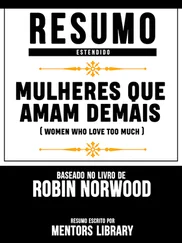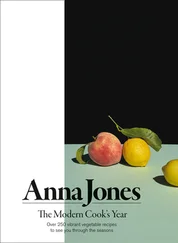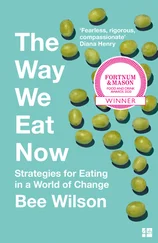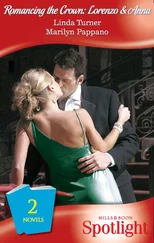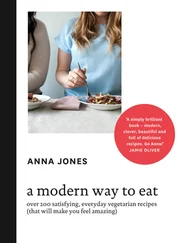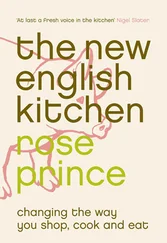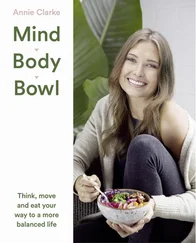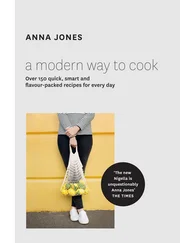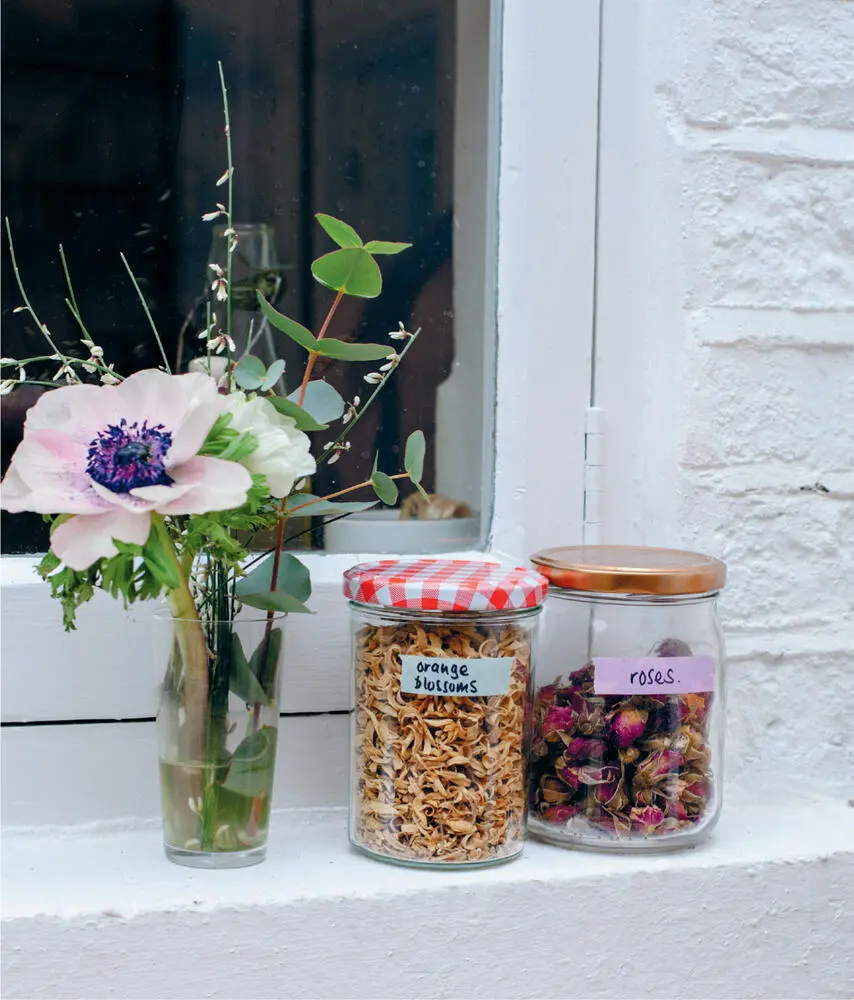
A couple of extra things
Though I cook for a living, I am also pretty impatient and want my dinner on the table in less than half an hour most nights. Especially after having spent a day behind the stove already. So I cook under the same constraints as most people I know. I want not too much bother or washing up at the end, a skill which harks back to my training with Jamie Oliver. So be assured, with only a couple of special exceptions in this book, my recipes are quick and won’t use every pan in the cupboard.
Another amazing kickback of these recipes is that they are easy on the pocket. Vegetables are affordable so I make sure that I buy the best stuff I can afford and buy local and organic produce where I can. I buy heritage carrots when they are in season as I love their russets, yellows and deep purples and with their rainbow of colours comes a spectrum of nutrients. I buy purple kale or cavolo nero when it’s around and use it where I might use a more run-of-the-mill spinach or cabbage. I also love to use the underdog vegetables that rarely get a starring role: a violet-crowned swede makes a mighty chip; a bag of frozen peas boiled and mashed with some mint is great to stir into pasta or pile on hot toast.
When I think about how to sum up how I look at food I am always drawn back to Michael Pollan’s super-simplified equation ‘eat food, not too much, mostly plants’. This is my notebook of a discovery of a new and modern way to eat and cook, one that considers our bodies and tastebuds alike. Insanely delicious, joyful food, new possibilities and flavours that make me excited to cook and eat it for all the right reasons.
Gluten free and vegan
Gluten-free diets have become increasingly popular as a way to overall wellness. Many of the recipes in this book are naturally gluten free, or can easily be adapted to make them so. While I personally eat bread and pasta from time to time, I too like eating this way as it leaves me feeling lighter and happier. I like to use gluten-free pastas, such as brown rice and quinoa pasta. I also have friends who are coeliac, for whom eating gluten is much more than a dietary choice.
I should point out that you don’t get exactly the same results by substituting a gluten-free flour for a wheat one. Using gluten-free flours in baking recipes does sometimes give a slightly crumblier texture but will have a deeper flavour than if you used regular flour. When I’m baking cakes I like to add ground nuts, which can help add richness and structure.
You can use gluten-free oats in place of normal oats (these won’t have come into contact with any wheat). Some people with gluten intolerances may prefer not to eat even gluten-free oats, in which case quinoa flakes can be used instead. Some of the staple ingredients I use may have hidden gluten and if you are sensitive to it then watch out for soy sauce or tamari (you can find gluten-free versions in healthfood stores), miso pastes (use naturally gluten-free white miso paste), tofu and tempeh (use plain rather than smoked or flavoured and check the label carefully), and baking powder (a gluten-free version can be bought in supermarkets). I don’t specify to use a gluten-free stock powder, but you can buy these easily in supermarkets. The Cool Chile Company make wholly corn, authentic tortillas, which I use in place of flatbreads.
Many of my recipes are naturally vegan, as I often cook for my vegan brother and sister. I’ve included a lot of egg and dairy alternatives in my recipes as it’s becoming more and more a way of life for people who want to lighten the load on their bodies and the planet.
Where I do use cheese, eggs or butter, I have given alternatives if I can. Coconut yoghurt is a favourite in place of normal or Greek yoghurt, almond milk is my milk of choice for baking and most of the dishes in this book can be made really easily without the cheese (you may want to add a little more salt though).
Here is a list of recipes that are either entirely gluten free and vegan, or need only simple tweaking.
HOW I PUT A RECIPE TOGETHER
This is what goes through my head when I’m writing a recipe. If you’re anything like me, then sometimes you like the confines of a recipe and sometimes you like to freestyle. This is a guide for those freer days, which will help you layer up flavours and textures into a killer plate of food. I’ve used kale as an example here, but use this process for any vegetable.
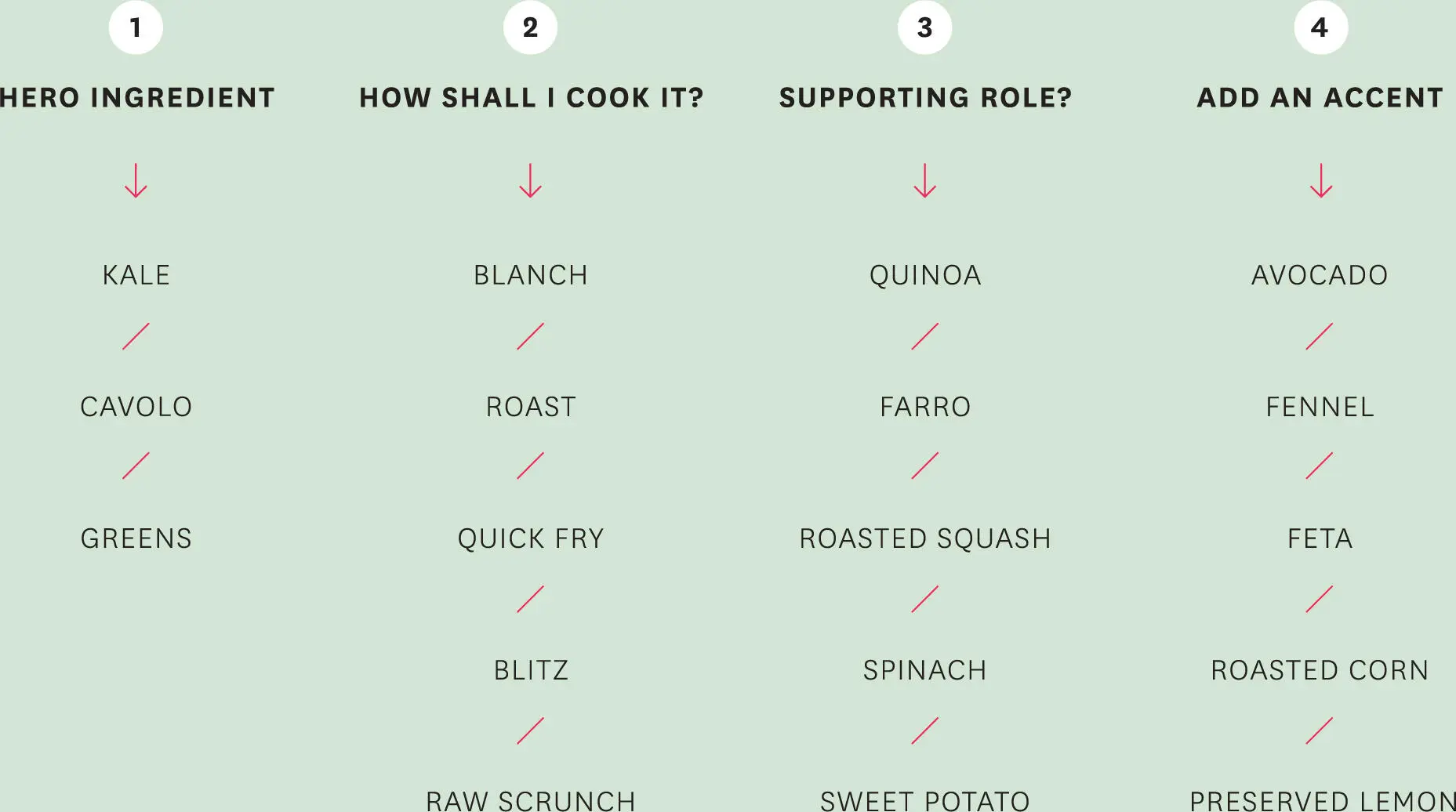
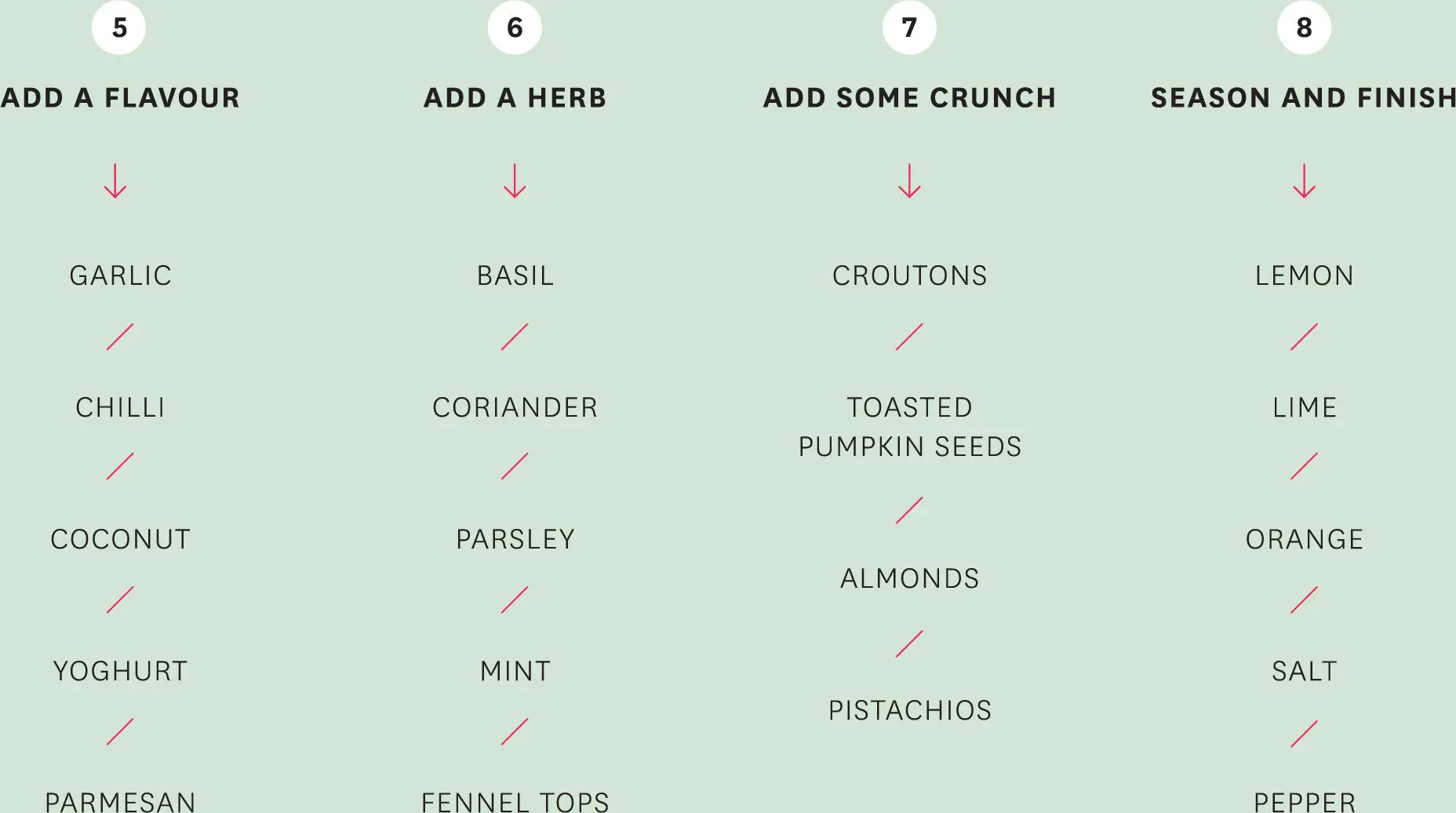
what gets me up in the morning cover title page copyright dedication For John no words suffice, how lucky I am foreword by jamie oliver Foreword by Jamie Oliver It gives me great pleasure and pride to write this foreword for dear Anna, one of my first year students at Fifteen London. Here she is, eleven years later, publishing her very own, beautiful, well-thought-out cook book. This book deserves a home in any cookery collection because it shows you how to celebrate vegetables, something we should all be doing. It has a clear sensibility about eating well, balance and embracing the seasons, all of which gives you, the reader, a real sense of how Anna puts delicious, simple, doable meals together. You’re going to get lots of opportunities to see the family tree of how you can take something from the same humble beginning to all sorts of totally different endings, and that’s what cooking is all about – responding to what’s around you, what’s in season, how you feel and who you’ve got to feed. It’s all very well saying that, but you need someone to explain it and get you to visualise how you can tweak, evolve and perfect any recipe, just like Anna’s done so effortlessly in these pages. Well done, Anna – this is a great cook book and I’m super proud. a modern way to eat what gets me up in the morning food for filling a gap a bowl of broth, soup or stew satisfying salads easy lunches and laid-back suppers hearty dinners and food to feed a crowd vegetables to go with things sweet endings cakes, bread and a few other things things to drink jam, chutney, stock and other useful stuff list of recipes list of searchable terms acknowledgements about the author about the publisher
I’ve never been very good at early mornings, and for years breakfast wasn’t part of my routine. But a few years back, I told myself that I deserved a real breakfast every morning. Whether that’s sitting on my back doorstep, enjoying a cup of coffee and watching the early sun break through the mimosa tree, or hurriedly eating a delicious bowl of granola before rushing out of the door, somehow breakfast for me is setting out my intention of how I want the day to be. Because you need different breakfasts for these different types of days, I’ve split this chapter into two sections – quick and slow.
Toasted oats · just-right eggs · slow-roasted tomatoes · slices of perfectly ripe avocado · charred sourdough toast · a good pot of coffee · steaming bowls of creamy porridge · cloud-light pancakes · chequered waffles · flapjack granola · dessert for breakfast
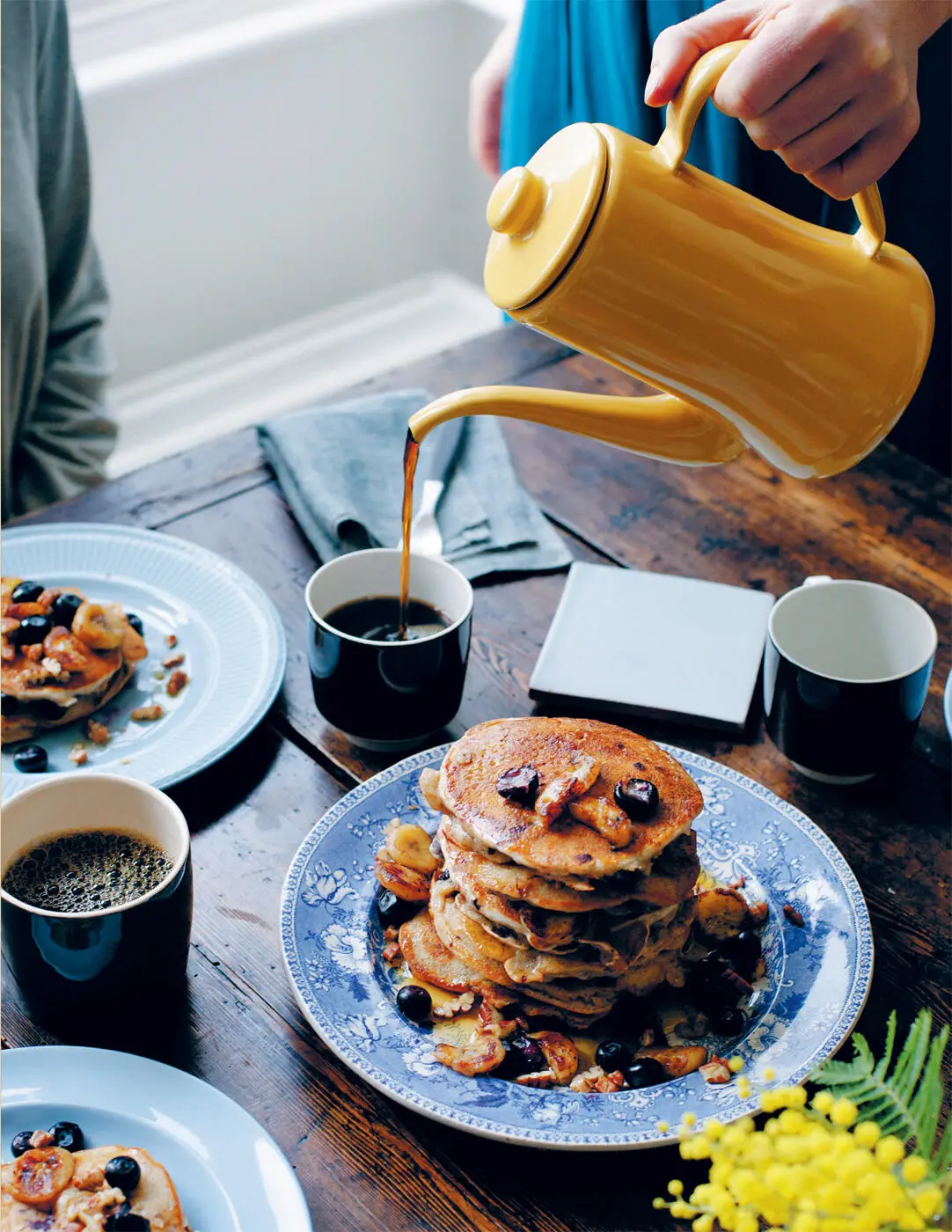

Blueberry pie porridge
Читать дальше
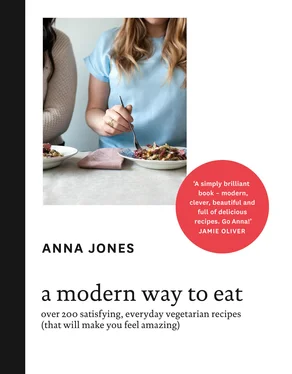





![Anna Jones - По истечении срока годности – забыть [СИ]](/books/437842/anna-jones-po-istechenii-sroka-godnosti-zabyt-s-thumb.webp)



